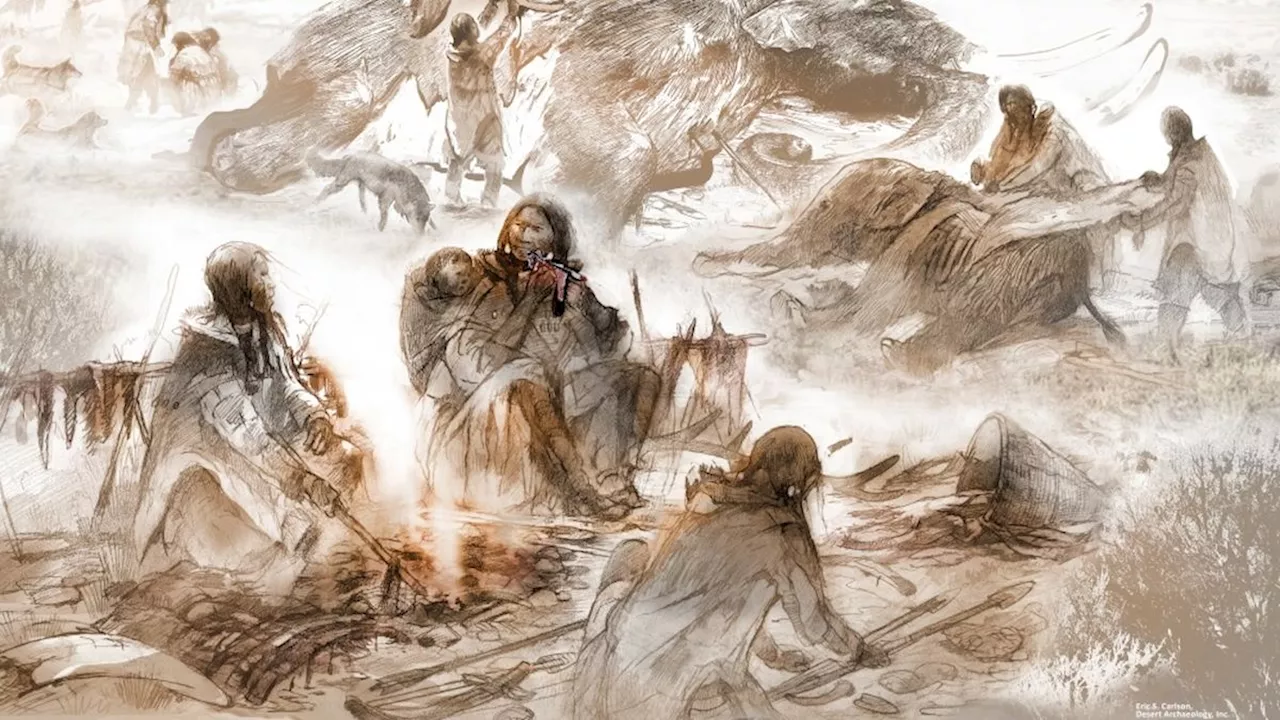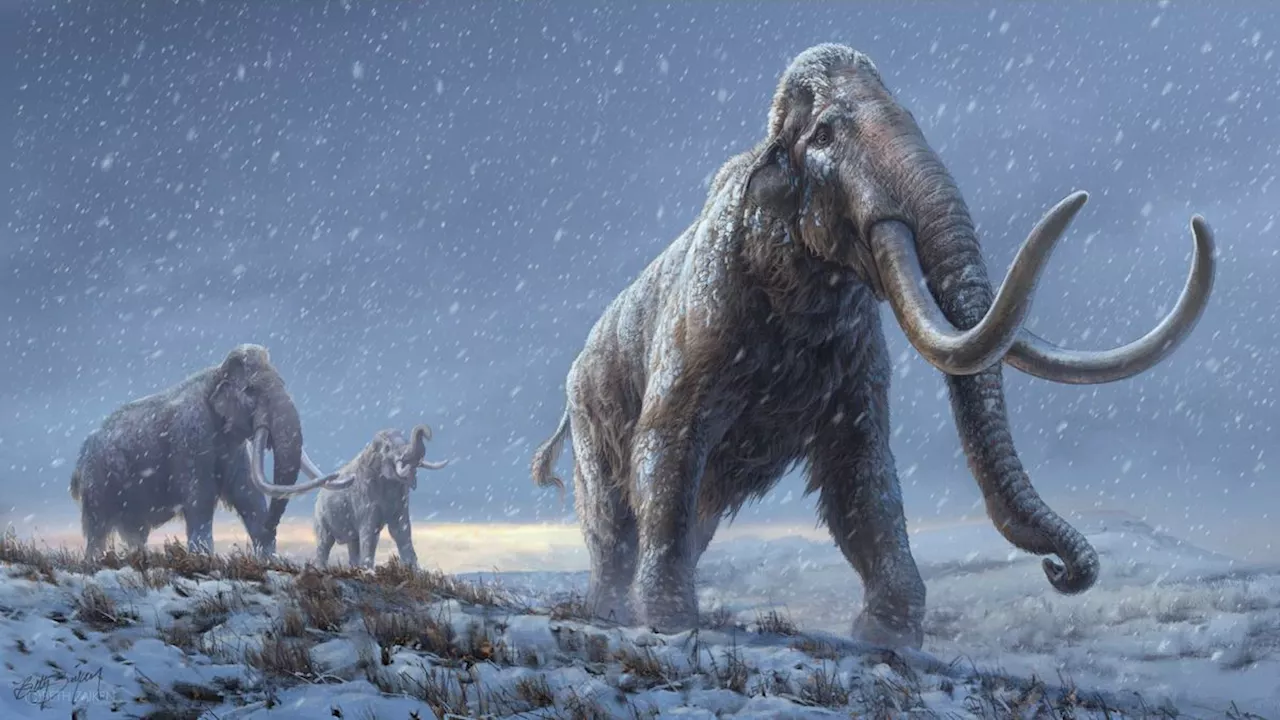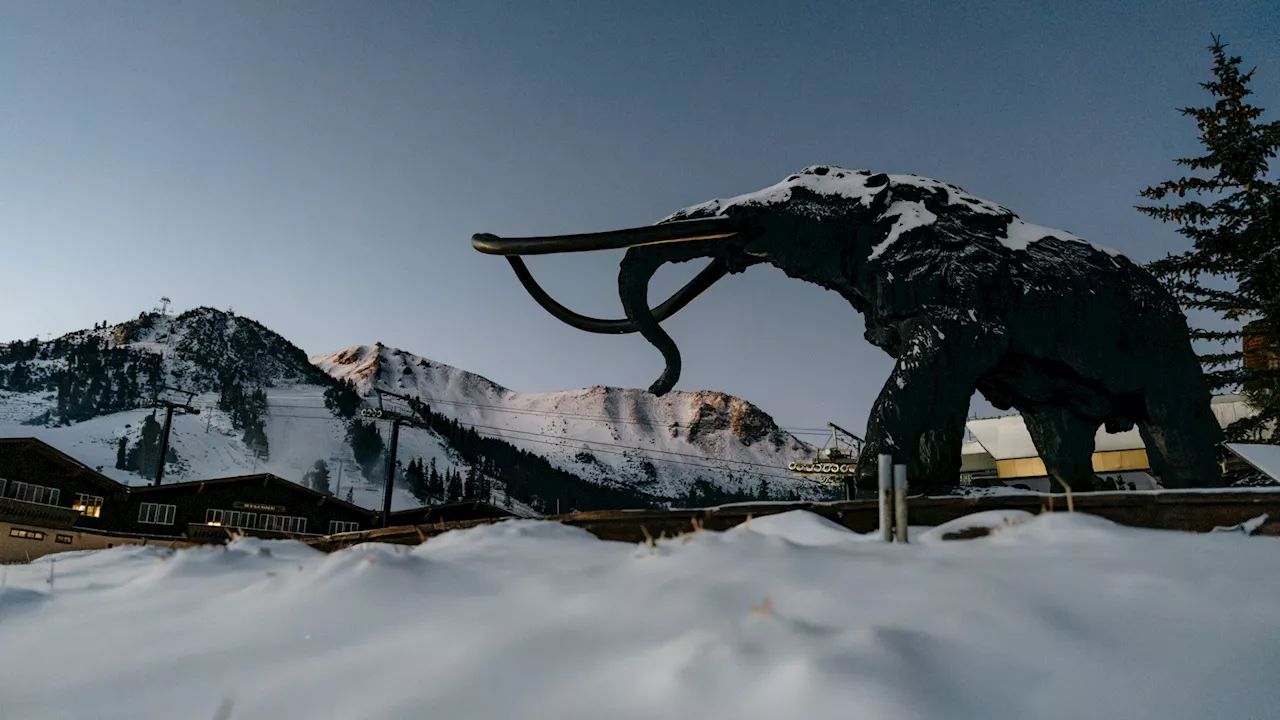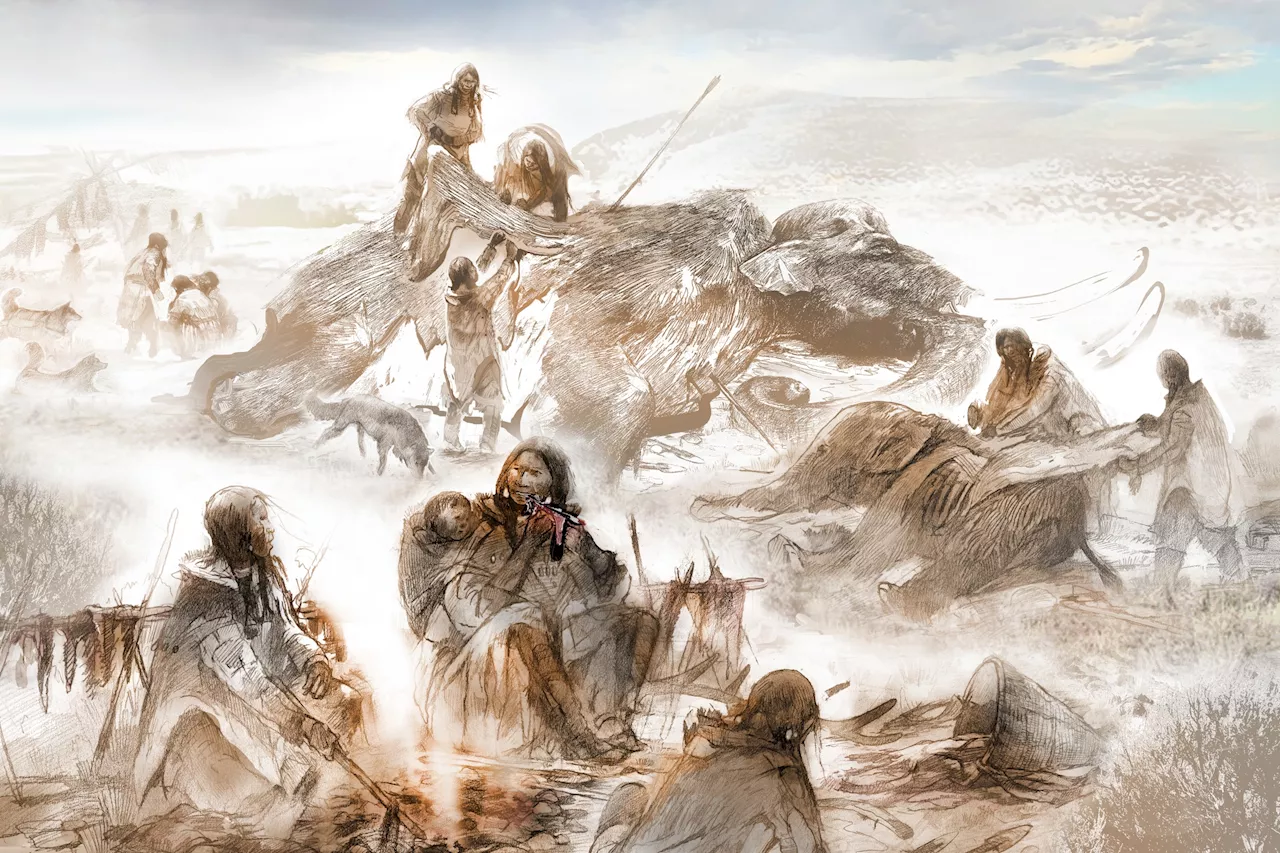Scientists have uncovered the first direct evidence that ancient Americans relied primarily on mammoth and other large animals for food. Their research sheds new light on both the rapid expansion of humans throughout the Americas and the extinction of large ice age mammals.
, used stable isotope analysis to model the diet of the mother of an infant discovered at a 13,000-year-old Clovis burial site in Montana. Before this study, prehistoric diet was inferred by analyzing secondary evidence, such as stone tools or the preserved remains of prey animals.
"What's striking to me is that this confirms a lot of data from other sites. For example, the animal parts left at Clovis sites are dominated by megafauna, and the projectile points are large, affixed to darts, which were efficient distance weapons," said co-lead author Ben Potter, an archaeology professor at the University of Alaska Fairbanks.
"Isotopes provide a chemical fingerprint of a consumer's diet and can be compared with those from potential diet items to estimate the proportional contribution of different diet items," said Mat Wooller, an author on the study and director of the Alaska Stable Isotope facility at UAF. "If the climate is changing in a way that reduces the suitable habitat for some of these megafauna, then it makes them potentially more susceptible to human predation. These people were very effective hunters," said Potter.
They worked with Shane Doyle, executive director of Yellowstone Peoples, who reached out to numerous tribal government representatives throughout Montana, Wyoming and Idaho."The response has been one of appreciative consideration and inclusion," said Doyle.
Food Nature Extinction Early Mammals Ancient Civilizations Cultures Paleontology
United States Latest News, United States Headlines
Similar News:You can also read news stories similar to this one that we have collected from other news sources.
 Early Americans ate tons of mammoth, 13,000-year-old bones from Clovis culture baby revealTom Metcalfe is a freelance journalist and regular Live Science contributor who is based in London in the United Kingdom. Tom writes mainly about science, space, archaeology, the Earth and the oceans. He has also written for the BBC, NBC News, National Geographic, Scientific American, Air & Space, and many others.
Early Americans ate tons of mammoth, 13,000-year-old bones from Clovis culture baby revealTom Metcalfe is a freelance journalist and regular Live Science contributor who is based in London in the United Kingdom. Tom writes mainly about science, space, archaeology, the Earth and the oceans. He has also written for the BBC, NBC News, National Geographic, Scientific American, Air & Space, and many others.
Read more »
 Mammoth N.J. wildfire that left 1 firefighter dead continues to growThe blaze grew to 3,000 acres as of 6:30 p.m. on Sunday, Nov. 10.
Mammoth N.J. wildfire that left 1 firefighter dead continues to growThe blaze grew to 3,000 acres as of 6:30 p.m. on Sunday, Nov. 10.
Read more »
 Mammoth quiz: Test your knowledge of the ice age beastsSascha is a U.K.-based trainee staff writer at Live Science. She holds a bachelor’s degree in biology from the University of Southampton in England and a master’s degree in science communication from Imperial College London. Her work has appeared in The Guardian and the health website Zoe.
Mammoth quiz: Test your knowledge of the ice age beastsSascha is a U.K.-based trainee staff writer at Live Science. She holds a bachelor’s degree in biology from the University of Southampton in England and a master’s degree in science communication from Imperial College London. Her work has appeared in The Guardian and the health website Zoe.
Read more »
 A newly frosted Mammoth Mountain welcomes Opening Week skiersThe upcoming 'Winter Kickoff' got some help from the skies as five frosty inches blanketed the resort.
A newly frosted Mammoth Mountain welcomes Opening Week skiersThe upcoming 'Winter Kickoff' got some help from the skies as five frosty inches blanketed the resort.
Read more »
 Prehistoric American Diet Was Rich in Mammoth Meat, Toddler Remains RevealA set of 12,800-year-old remains originally found in Montana provides a unique glimpse into the diet of the Clovis people.
Prehistoric American Diet Was Rich in Mammoth Meat, Toddler Remains RevealA set of 12,800-year-old remains originally found in Montana provides a unique glimpse into the diet of the Clovis people.
Read more »
 Mammoth 144,045% SHIB Burn Jump Stuns Shiba Inu Community: DetailsRecent series of massive SHIB burns continues as burn rate soars by almost 145,000%
Mammoth 144,045% SHIB Burn Jump Stuns Shiba Inu Community: DetailsRecent series of massive SHIB burns continues as burn rate soars by almost 145,000%
Read more »
